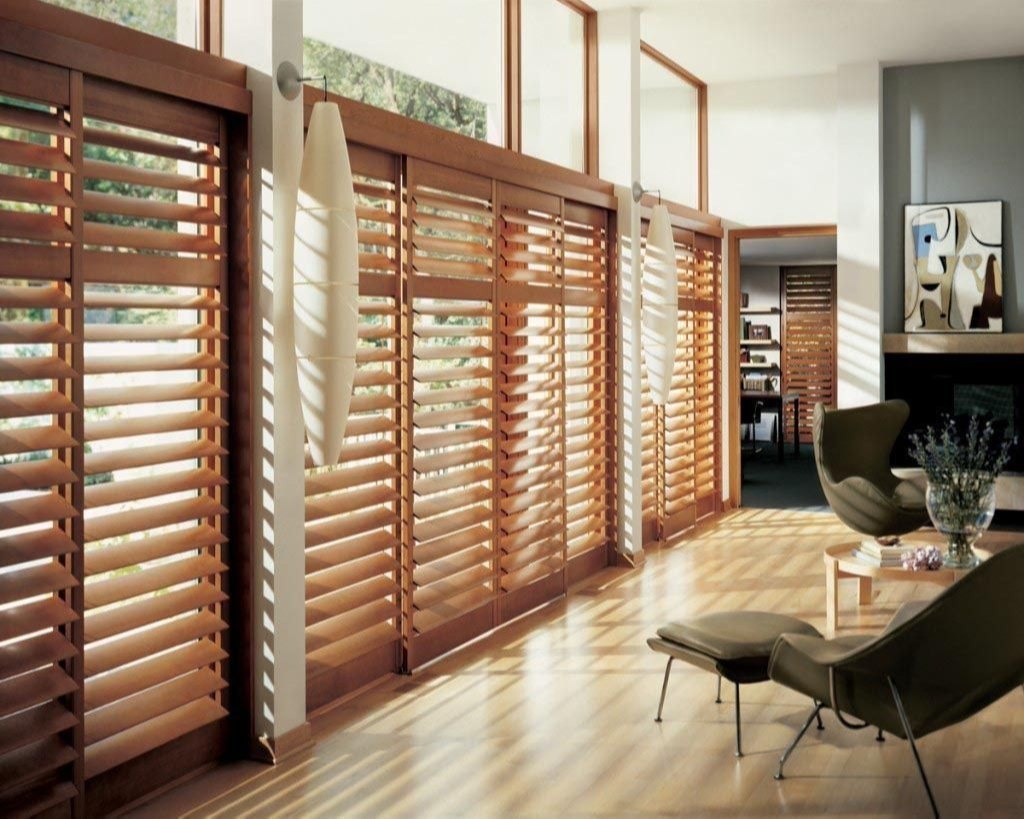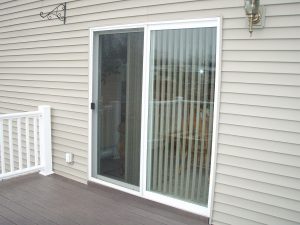
Window treatments play a crucial role in enhancing the aesthetic appeal and functionality of any living space. Among the myriad of options available, wooden window blinds stand out as a timeless and elegant choice, offering a perfect blend of natural beauty and practical benefits. However, with various timber types to choose from, selecting the right softwood blinds can be a daunting task.
This guide aims to help you navigate the world of wooden shades, exploring the unique characteristics of different wood types and providing insights to ensure your choice complements both your home’s decor and practical needs.
The Appeal of Wooden Window Blinds
Wooden window blinds have long been a favored choice for homeowners seeking to infuse their living spaces with warmth, texture, and a touch of natural elegance. The inherent beauty of timber, with its rich grains and varying hues, adds depth and character to any room, creating a welcoming and inviting ambiance. Furthermore, wooden blinds offer a timeless appeal, seamlessly blending with both traditional and contemporary interior design styles.
Beyond their aesthetic allure, wooden shades also contribute to sustainability by utilizing natural and renewable materials. As homeowners become increasingly conscious of their environmental impact, the choice of eco-friendly and sustainable products becomes increasingly important.
Types of Wood Used for Window Blinds
Basswood
Basswood is a lightweight yet durable wood that has become a popular choice for window blinds. Known for its fine texture and uniform appearance, basswood blinds offer a smooth and consistent look that complements a wide range of interior design styles. This timber type is available in various color variations, from light to rich tones, and can be stained to achieve the desired hue, making it a versatile option for tailoring the shades to your specific decor preferences.
Cedar
For those seeking a more distinctive and aromatic option, cedar is an excellent choice for wooden window blinds. This wood type is renowned for its natural resistance to moisture and decay, making it an ideal selection for bathrooms, kitchens, or any room with higher humidity levels. Cedar’s unique grain patterns and rich color variations, ranging from warm honey tones to deep reddish-browns, add character and depth to any space. Additionally, cedar’s inherent aromatic properties and natural insect-repelling qualities offer an added benefit, contributing to a fresh and inviting atmosphere.
Pine
Pine is a cost-effective option for those seeking the warmth and beauty of wooden blinds without compromising on quality. While more affordable than other timber types, pine shades still offer a rustic charm with their characteristic knots and distinct grain patterns. These blinds come in a range of finishes and stains, allowing homeowners to achieve the desired look, whether it’s a light, sun-kissed hue or a rich, deep tone that complements a more traditional decor scheme.
Benefits of Different Wood Types
Each wood type offers its unique advantages in terms of durability, aesthetic appeal, and maintenance requirements. Basswood, for instance, is known for its strength and resistance to warping, making it a long-lasting choice for blinds. Cedar’s natural resistance to moisture and insects makes it an ideal option for high-humidity environments, while pine’s affordability and versatility make it a popular choice for those on a budget.
Furthermore, the distinct characteristics of each wood type lend themselves to different interior design styles. Basswood’s clean and uniform appearance complements contemporary and minimalist decor, while cedar’s rich tones and distinctive grain patterns add warmth and character to traditional or rustic settings. Pine’s rustic charm and wide range of finish options make it a versatile choice for various design aesthetics.
Suitability for Different Room Environments
When choosing wooden window blinds, it’s essential to consider the specific environment of each room. Moisture and sunlight exposure can significantly impact the longevity and appearance of different timber types. For example, cedar’s natural moisture resistance makes it an ideal choice for bathrooms or kitchens, while basswood’s stability and resistance to warping make it a suitable option for living rooms or bedrooms with moderate sunlight exposure.
In rooms with high sun exposure, such as sunrooms or south-facing spaces, it’s crucial to select a softwood type that can withstand the potential for fading or discoloration over time. Cedar and basswood are generally more resilient in these environments, while pine may require additional protective finishes or more frequent maintenance to maintain its appearance.
Considerations When Choosing Wooden Window Blinds
Size and Orientation of Windows
The size and orientation of your windows play a significant role in determining the most suitable timber type for your blinds. Larger windows or those with more exposure to sunlight may benefit from the durability and stability of basswood or cedar, while smaller or less exposed windows could be well-suited to the more cost-effective pine option.
Interior Design Style
Your choice of wooden window blinds should complement and enhance the overall interior design style of your home. For contemporary or minimalist spaces, basswood’s clean lines and uniform appearance can create a seamless and cohesive look. In traditional or rustic settings, the warmth and character of cedar or pine can add depth and charm, creating a cozy and inviting atmosphere.
Budget
While all wooden window blinds offer a timeless and elegant solution, the cost difference between basswood, cedar, and pine can be a determining factor for some homeowners. Pine is generally the most budget-friendly option, making it an excellent choice for those seeking the beauty of natural timber without compromising on affordability.
Maintenance and Care
Proper maintenance and care are essential to ensuring the longevity and sustained beauty of your wooden blinds. Regular dusting and occasional cleaning with a gentle wood cleaner can help maintain their appearance and prevent the buildup of dirt or grime.
For basswood shades, it’s important to follow the manufacturer’s recommendations for cleaning and avoid excessive moisture, which can cause warping or discoloration. Cedar blinds may require occasional light sanding or refinishing to maintain their rich color and luster, while pine shades may benefit from a protective finish to prevent discoloration or fading over time.
Closing Thoughts
Choosing the perfect wooden window blinds for your home involves carefully considering both aesthetic and practical factors. Each timber type – basswood, cedar, and pine – offers its unique set of characteristics, from durability and moisture resistance to distinctive grains and color variations. Understanding the unique qualities of these types and their fit with various design styles and rooms helps you choose shades that enhance your space’s look, ensuring lasting functionality and satisfaction.
As you embark on your journey to select the ideal wooden blinds, remember to consider the size and orientation of your windows, your interior design style, and your budget. With careful consideration and guidance, you can create a harmonious and inviting atmosphere that seamlessly blends the natural beauty with the practical benefits of window treatments.





